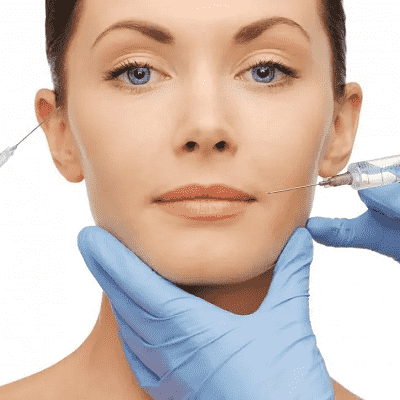Introduction
In the pursuit of youthful and vibrant skin, dermal fillers have emerged as a popular non-surgical cosmetic treatment. These injectable solutions can enhance facial volume, smooth out wrinkles, and provide a rejuvenated appearance. However, the key to achieving the best results from dermal fillers lies in proper preparation before your appointment. This guide will walk you through the essential steps to ensure you are fully prepared for your dermal fillers injections at Dermal Fillers Injections Clinic in Oman, allowing you to achieve the desired outcome safely and effectively.
Understanding Dermal Fillers
What Are Dermal Fillers?
Dermal fillers are substances injected into the skin to restore lost volume, smooth out fine lines and wrinkles, and enhance facial contours. Common types of fillers include hyaluronic acid, calcium hydroxylapatite, and poly-L-lactic acid. Each type has its unique properties and ideal applications, making it crucial to discuss your specific needs with a qualified practitioner.
Why Preparation Is Important
Preparation for your dermal fillers appointment is crucial for several reasons. First, it helps minimize the risk of side effects, such as swelling and bruising. Second, it ensures that you are well-informed about the procedure, which can help alleviate anxiety and enhance your overall experience. Lastly, being prepared will help you achieve the best possible results from your treatment.
Step-by-Step Preparation Guide
Step 1: Research Your Practitioner
Choosing the right practitioner is the first step in preparing for your dermal fillers appointment. Look for a licensed professional, such as a dermatologist or a plastic surgeon, with specific training and experience in administering dermal fillers. Read reviews, check credentials, and ask for before-and-after photos of previous patients to gauge the practitioner's expertise.
Step 2: Schedule a Consultation
Before your actual appointment, schedule a consultation with your chosen practitioner. This is an opportunity to discuss your aesthetic goals, medical history, and any concerns you may have. Your practitioner will assess your skin and facial structure, recommending the most suitable type of filler and the areas to be treated.
Step 3: Avoid Blood Thinners
To minimize the risk of bruising, avoid blood-thinning medications and supplements at least one week before your appointment. Common substances to avoid include:
- Aspirin
- Ibuprofen
- Vitamin E
- Fish oil
- Ginkgo biloba
If you are taking any prescription medications or have concerns about stopping blood thinners, consult your doctor for advice.
Step 4: Stay Hydrated
Proper hydration can enhance the effectiveness of dermal fillers. Drinking plenty of water in the days leading up to your appointment helps keep your skin hydrated and plump, ensuring better results. Aim for at least eight glasses of water daily, and consider incorporating hydrating foods like fruits and vegetables into your diet.
Step 5: Avoid Alcohol and Caffeine
Limit alcohol and caffeine consumption in the days leading up to your appointment. Both substances can dehydrate your skin and increase the likelihood of bruising. Alcohol can also cause your blood vessels to dilate, increasing the risk of swelling and redness post-injection.
Step 6: Skip Certain Skincare Treatments
To reduce the risk of skin irritation, avoid certain skincare treatments in the week leading up to your appointment. These include:
- Chemical peels
- Microdermabrasion
- Laser treatments
- Intense pulsed light (IPL) therapy
Consult your practitioner about your skincare routine and any treatments you should avoid before your dermal fillers appointment.
Step 7: Arrive Early and Relax
On the day of your appointment, aim to arrive at the clinic a little early to allow yourself time to relax and settle in. This can help ease any anxiety and ensure you’re in the right mindset for the procedure. Bring any paperwork you need and consider bringing a book or listening to calming music while you wait.
Conclusion
Preparing for your dermal fillers injections appointment is essential to achieving the best possible results and ensuring a positive experience. By researching your practitioner, scheduling a consultation, avoiding blood thinners, staying hydrated, and following other preparation steps outlined in this guide, you can approach your appointment with confidence. Remember, communication with your practitioner is key—never hesitate to ask questions or express any concerns you may have. With the right preparation, you’ll be well on your way to enhancing your natural beauty and feeling rejuvenated.





Comments